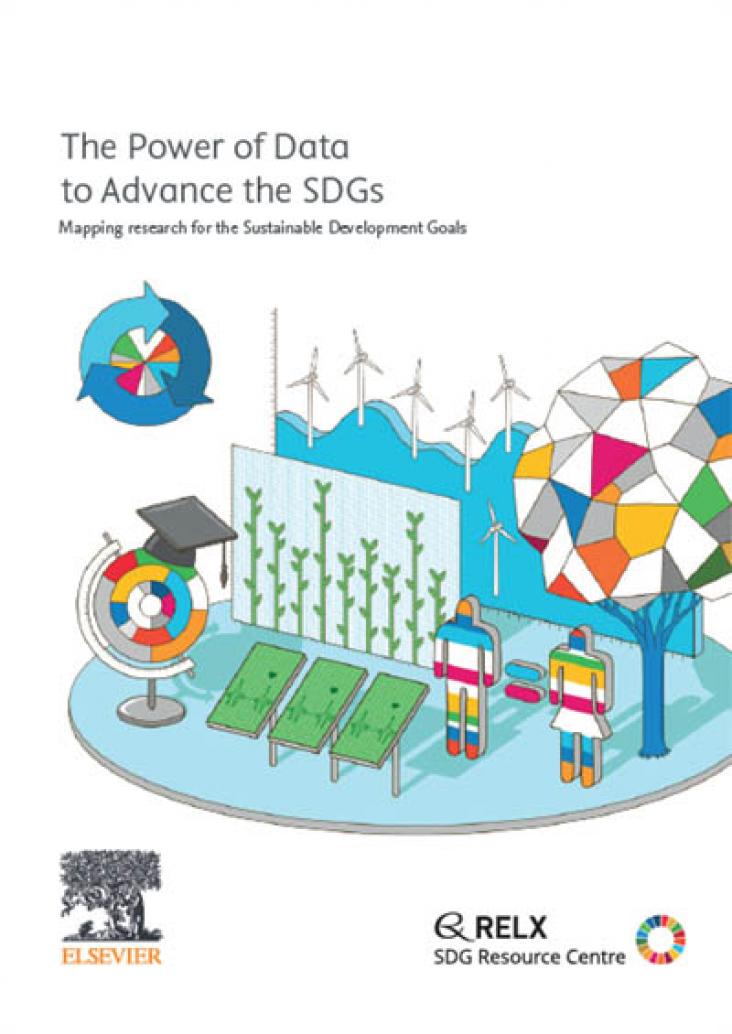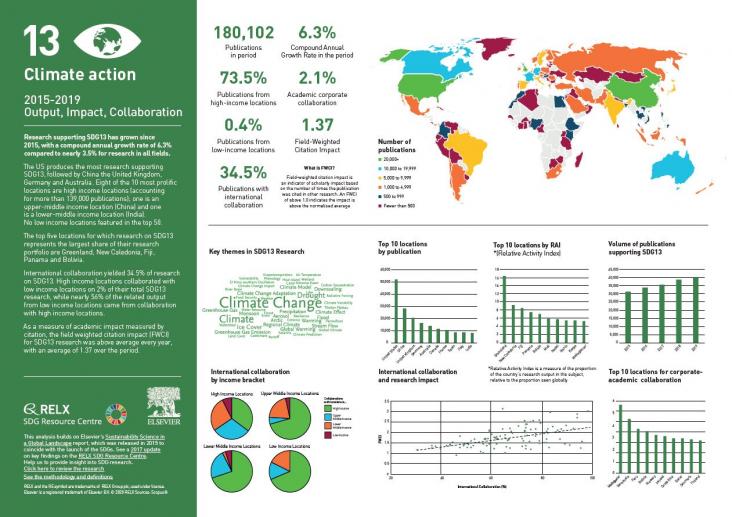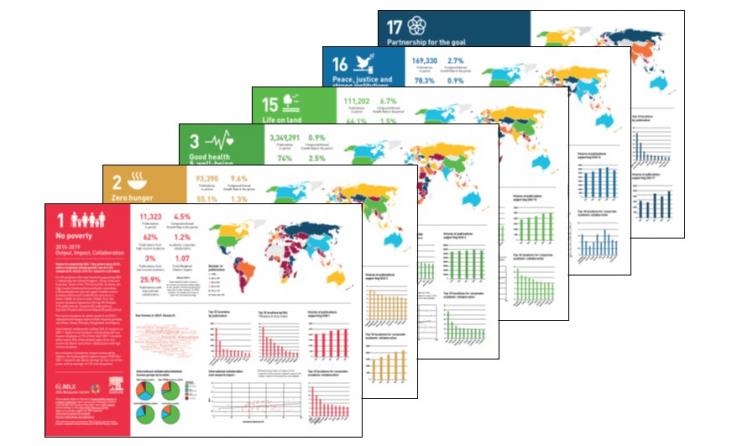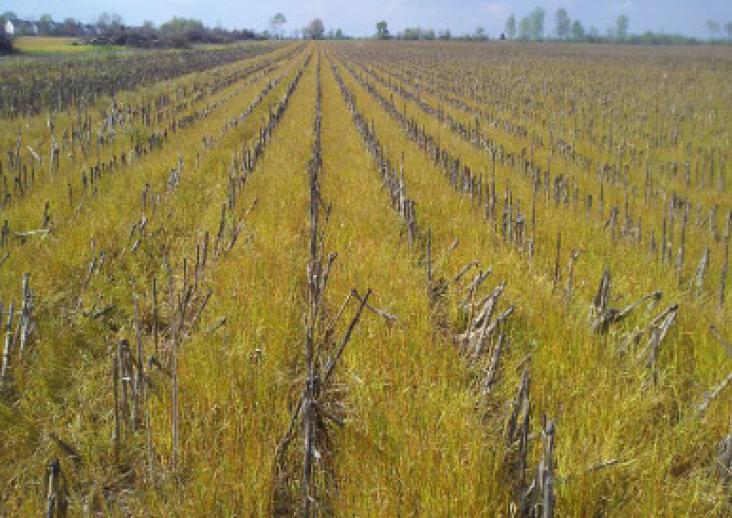This book chapter advances SDGs 9, 11, and 13 by providing a general introduction to climate change adaptation for transportation systems and a set of guiding principles for the planning and implementation of adaptation programs.

By mapping the state of research within each SDG area, this report acknowledges the pivotal role research plays in tackling some of the world’s greatest challenges. It aims to better understand the research community’s global sustainable development efforts and assesses the progress made, as well as unmet research needs.

Over the past five years, we have used data and analytics to help the research and healthcare communities navigate the sea of research and to put collaboration, both interdisciplinary and international, at the heart of scientific progress on the SDGs. View findings for SDG 13.

Over the past five years, we have used data and analytics to help the research and healthcare communities navigate the sea of research and to put collaboration, both interdisciplinary and internati
Solar light-driven water splitting provides a promising way to store and use abundant solar energy in the form of gaseous hydrogen which is the cleanest chemical fuel for mankind; therefore this field
CeO2 shows unique catalytic properties by an acid–base bifunctionality as well as redox properties.
Manufacturing challenges are anticipated to become worse in the coming decades owing to global material and energy constraints combined with environmental issues associated with conventional processes
Agriculture consumes huge amounts of water in China and is profoundly affected by climate change. This study projects the agricultural water use towards 2030 under the climate change mitigation target at the provincial level in China by linking a computable general equilibrium (CGE) model and a regression model.
Climate change requires joint actions between government and local actors. Understanding the perception of people and communities is critical for designing climate change adaptation strategies.

Tillage is the most common agricultural practice dating back to the origin of agriculture. In recent decades, no-tillage (NT) has been introduced to improve soil and water quality.
